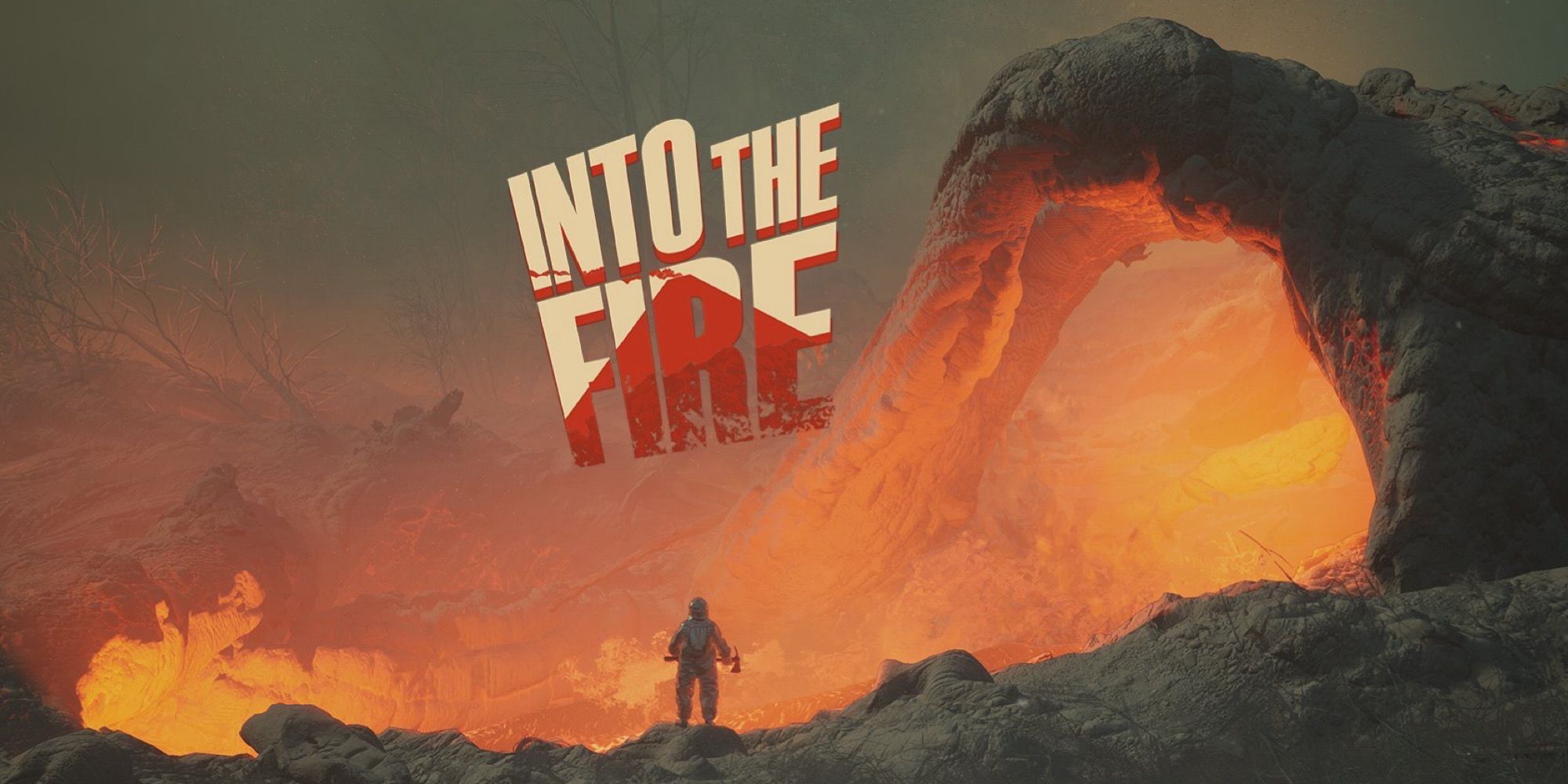
Starward Industries’ upcoming game is titled Into The Fire. They were also behind 2023’s hit, The Invincible. This new release offers an immersive, single-player journey that places you in the midst of Dante’s Archipelago, a deeply unlucky territory now within the blast radius of a colossal super volcano eruption.
This production appears to be deeply engaging, brimming with emotion, intrigue, and thought-provoking human themes. A glance at the trailer reveals a sleek, futuristic ambiance that adds an impressive layer of style to it.
Lately, I had the opportunity to converse with the creators of “Into The Fire” to clarify some doubts I had regarding the game following my extensive exploration of all the available media and press materials about the game. After this interaction, I must say that I am genuinely thrilled about “Into The Fire,” and I believe many of you will share my enthusiasm for it as well.
In the following interview, you’ll gain valuable insights from CMO Maciej Dobrowolski, Game Director Wojciech Ostrycharz, and Narrative Designer Olga Piech. If you’re eager to delve deeper into the thrilling world of this captivating volcanic rescue game, these experts have shared a wealth of knowledge that will equip you better for embarking on this perilous mission.
Interview With Starward Industries, Creators Of Into The Fire
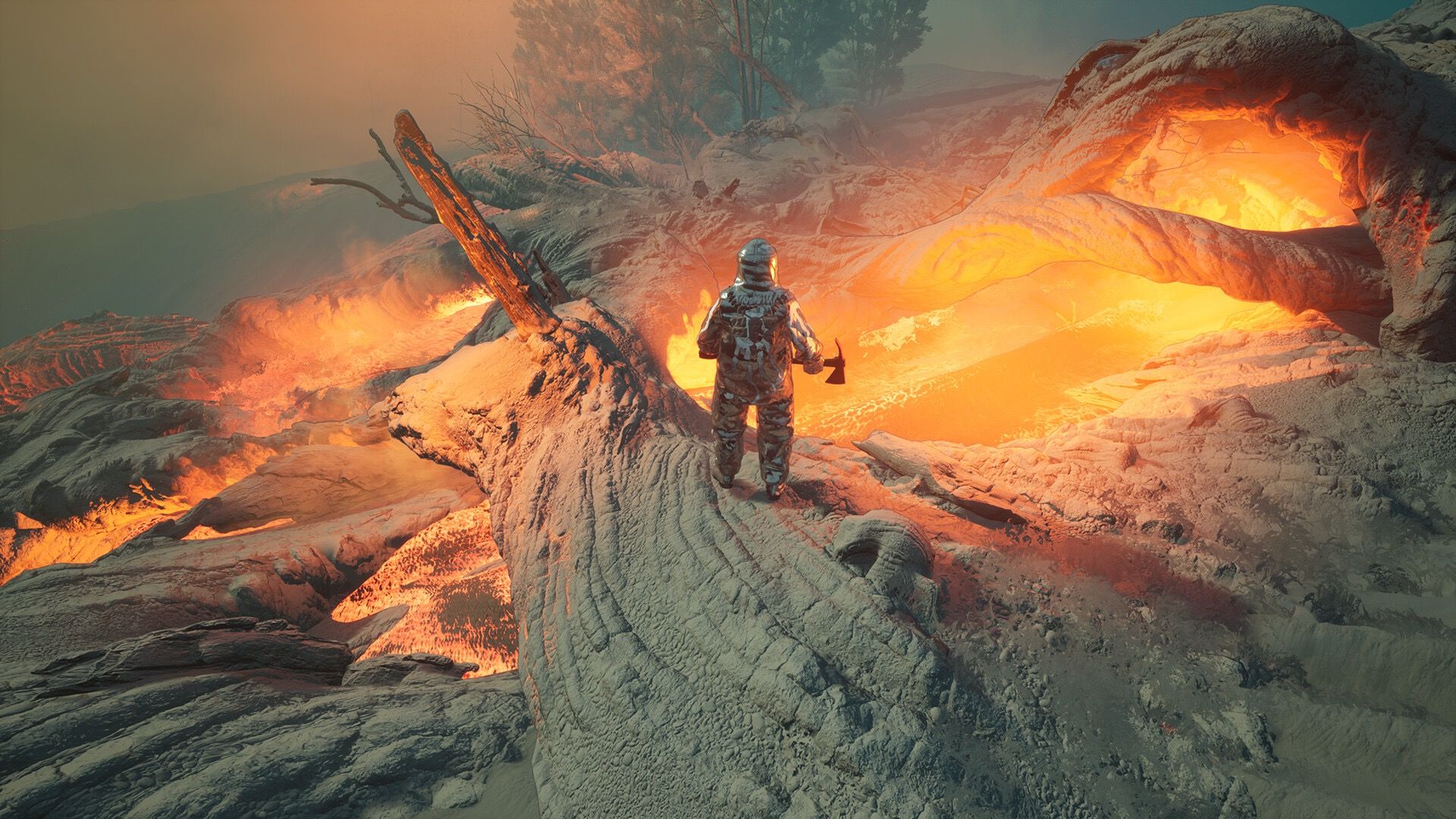
Question: Why did you change the perspective from first-person to third-person in ‘Into The Fire’, when your earlier title, ‘The Invincible’, was a first-person game?
Maciej Dobrowolski, Chief Marketing Officer, explained that the shift to third-person perspective was aimed at strengthening the player’s bond with the game world and their character within it. In “Into The Fire,” movement and verticality are crucial elements – traversing unstable landscapes, hastily moving through crumbling ruins, or executing daring rescues in hazardous settings.
From a third-person viewpoint, we gain a more expansive vocabulary for conveying immediacy, feelings, and size. This perspective allows players to witness the growth of their character throughout the game, aligning with the survival theme and narrative.
A: You mentioned Iceland played a significant role in the visual design of this game. Given your studio’s affinity for science fiction, could it be inferred that Dante’s Archipelago, the location of Into The Fire, is intended to depict an alien planet?
Wojciech Ostrycharz, Game Director: “Our game is set on Earth, but Dante’s Archipelago is meant to feel otherworldly – a bizarre, end-of-the-world landscape sculpted by intense volcanic activity and steeped in ancient legends. Iceland provided us with visual inspiration because it resembles another planet: black sand, jagged lava fields, bubbling rivers. This creates a setting that feels both unreal and mythical yet rooted in real-world elements.
A: Could you name a few significant impacts of the game Into The Fire? This could include things like other video games, films, TV shows, and books that might have influenced it in some way.
Olga Piech, Narrative Designer: Our inspirations span from Werner Herzog’s volcano documentaries and Jules Verne’s works, to chilling stories like The Thing and The Terror, philosophical views on existence by Albert Camus, and ancient mythology originating in South Asia. The retrofuturistic style we adopt is heavily influenced by old scientific illustrations and historical volcanology recordings.
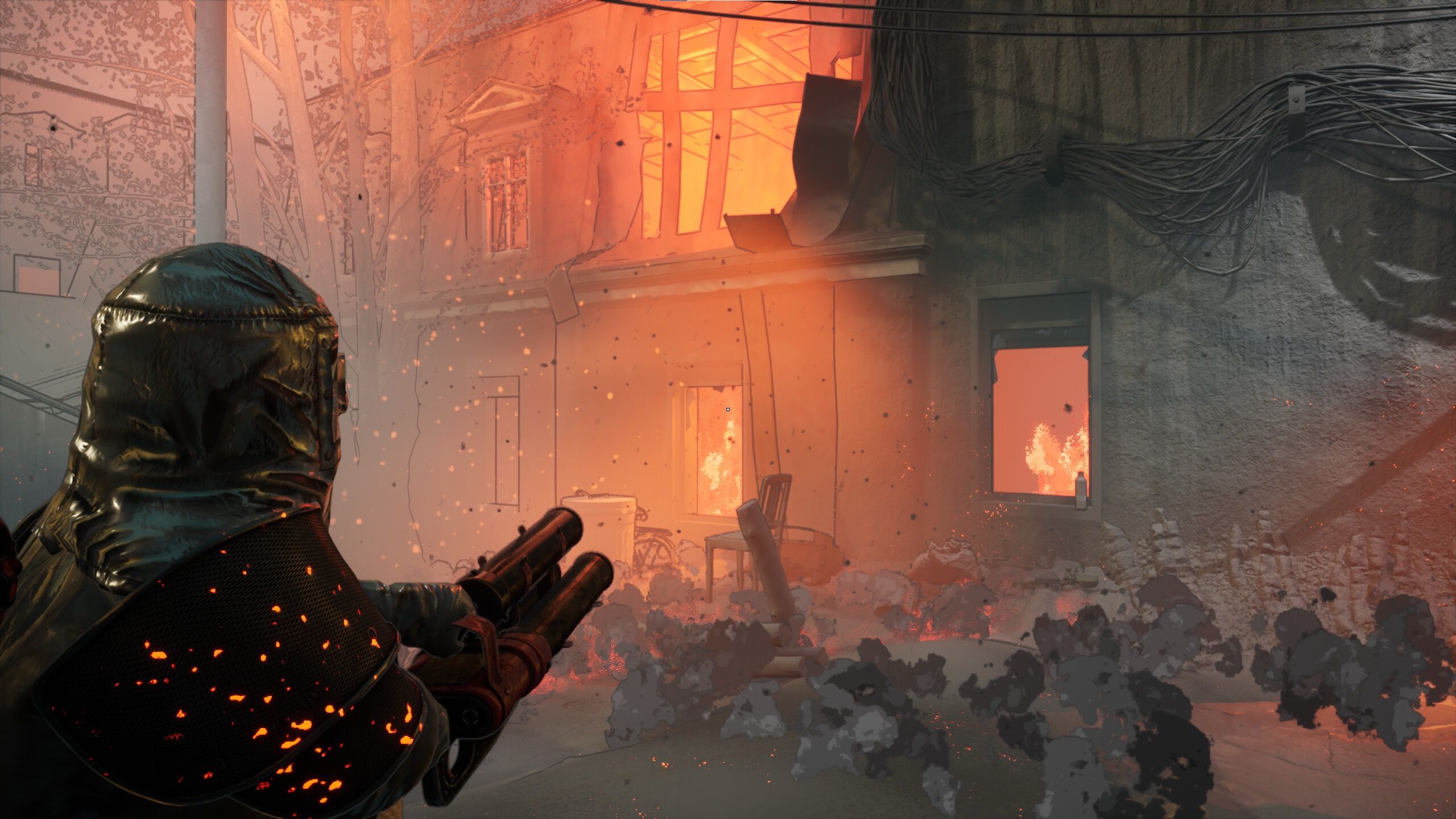
Q: Is Into The Fire directly connected to The Invincible in any way?
Olga Piech, Narrative Designer: “Into The Fire isn’t narratively connected, but it does share a common theme with our other game. Both explore human reactions when they’re pushed past their limits, whether by nature, technology, or the unknown. While they are different in terms of genre and mechanics, they both stem from similar philosophical roots.
Q: How would you say Into The Fire marks an evolution/progression for the team?
Wojciech Ostrycharz, Game Director: “Into The Fire represents a significant advancement for us in gameplay mechanics, size, and atmosphere. Compared to previous projects, this game is more system-oriented, dynamic, and player-controlled. This project demanded the creation of a world that responds instantly to player actions, and the construction of an original narrative without using existing source material, such as Stanisław Lem’s book. Additionally, it required us to delve further into interactivity and replayability. For our team, it has been an exciting journey of testing our boundaries, both technically and in terms of storytelling.
Question: In your opinion, what advantages come with launching a game in Early Access initially? Are there potential drawbacks to this choice too?
Maciej Dobrowolski, CMO: *For us, Early Access represents a continuous conversation rather than merely a testing phase. We’re collaborating with our community to craft Into the Fire, taking their suggestions into account for quality-of-life enhancements and addressing difficulty spikes. The advantage is that we receive direct feedback from those who are deeply involved in the world we’ve built. The potential downside is that players may encounter an incomplete version of the game. However, if we maintain transparency and responsiveness, the advantages significantly outweigh the disadvantages.*
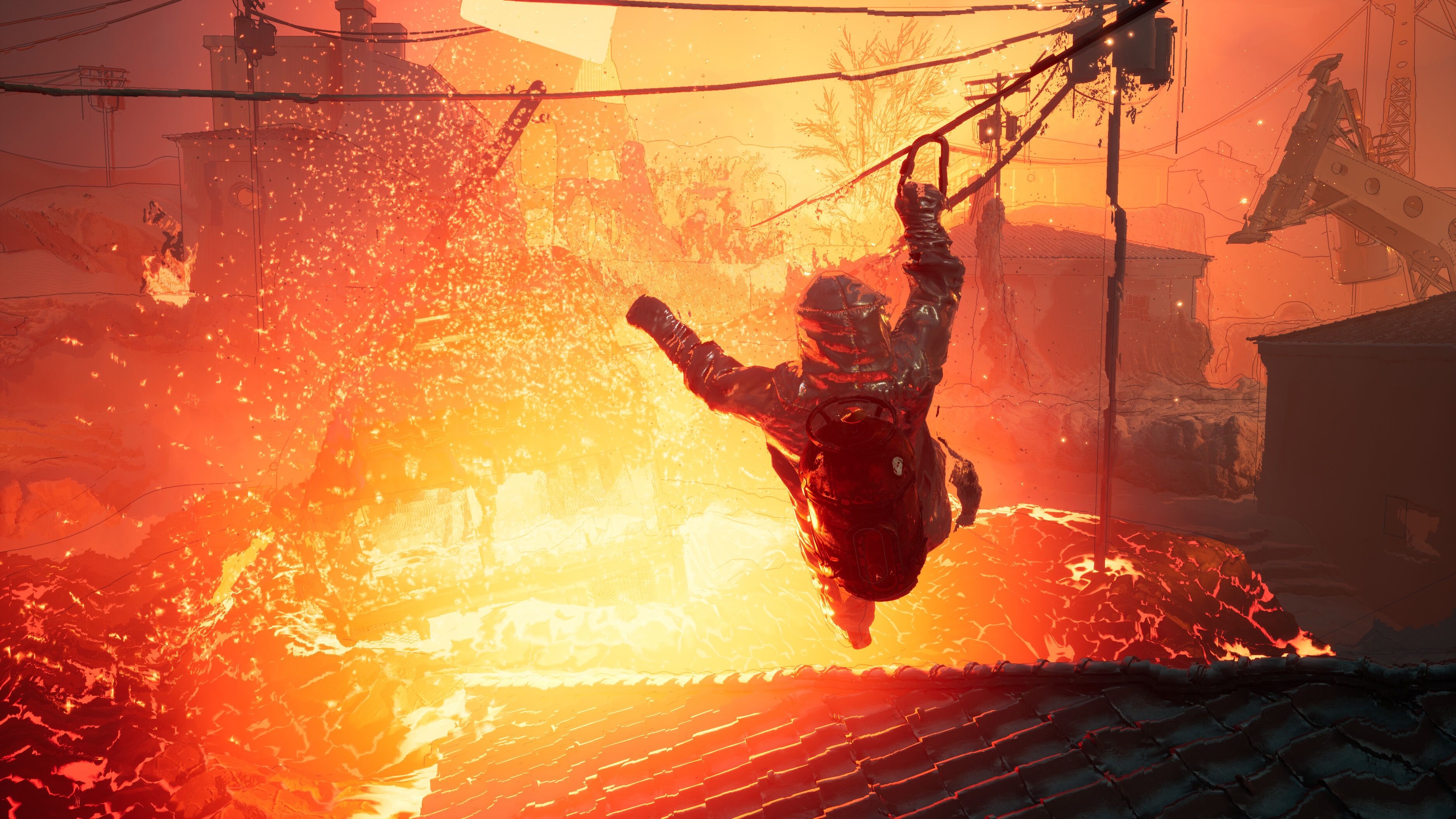
As a gamer, I’m always curious about what happens when I can’t complete a rescue mission. Do I get another chance to try, or does the game move on without me? If I fail, will I respawn and take another shot at it, or is the storyline going to advance regardless?
Wojciech Ostrycharz, Game Director: We’ve opted for a mix of methods. Some mission goals transform each time you play due to procedural generation, while others remain constant, with failing to achieve them having repercussions. Yet, it’s not just about whether players finish an objective, but also the way they go about doing it.
Ponder this scenario: You’re in a race against time to rescue another life, finding two individuals trapped under a fallen ceiling. You are forced to choose whom to free first, grappling with ethical quandaries and making heart-wrenching decisions. The consequences of your choices linger, leaving an indelible mark on both you and the game’s narrative – even after the mission has concluded, your saved lives continue to shape the storyline and gameplay.
A: Is it generally accurate to say that mysterious beings and events are primarily based on particular traditional stories or beliefs from our world?
Olga Piech, Narrative Designer: Absolutely, we drew inspiration primarily from the mythologies of Southeast Asia and Indonesia. The close connection these regions have with volcanoes led to compelling tales about deities, spirits, and renewal. We found it intriguing to consider that catastrophic events could be interpreted as divine communications or spiritual challenges. These legends significantly impacted our world creation – the volcanic monsters, sacred rites, and visions players experience all originate from this blend of faith, fear, and reverence for nature’s wrath.
A: To what extent do the dialogue choices influence the game in Into The Fire? Are they primarily designed for role-playing or do they significantly alter the game’s storyline and world based on player decisions?
Olga Piech, Narrative Designer: Player choices have actual impacts on the plot and the development of your character’s perspective during a crisis. As a rescuer, your decisions significantly impact the outcome of missions, deciding who you can save and bring back to base, which frequently influences events that take place thereafter.
In our game, we blend traditional RPG elements by allowing players to decide their combat style – whether charging into battles with brute force, battling supernatural enemies, or navigating perilously with caution and stealth. Additionally, players get to shape their interaction with the world – either embracing its mystical aspects or upholding a scientifically grounded perspective. This internal struggle forms an essential part of the player’s adventure.
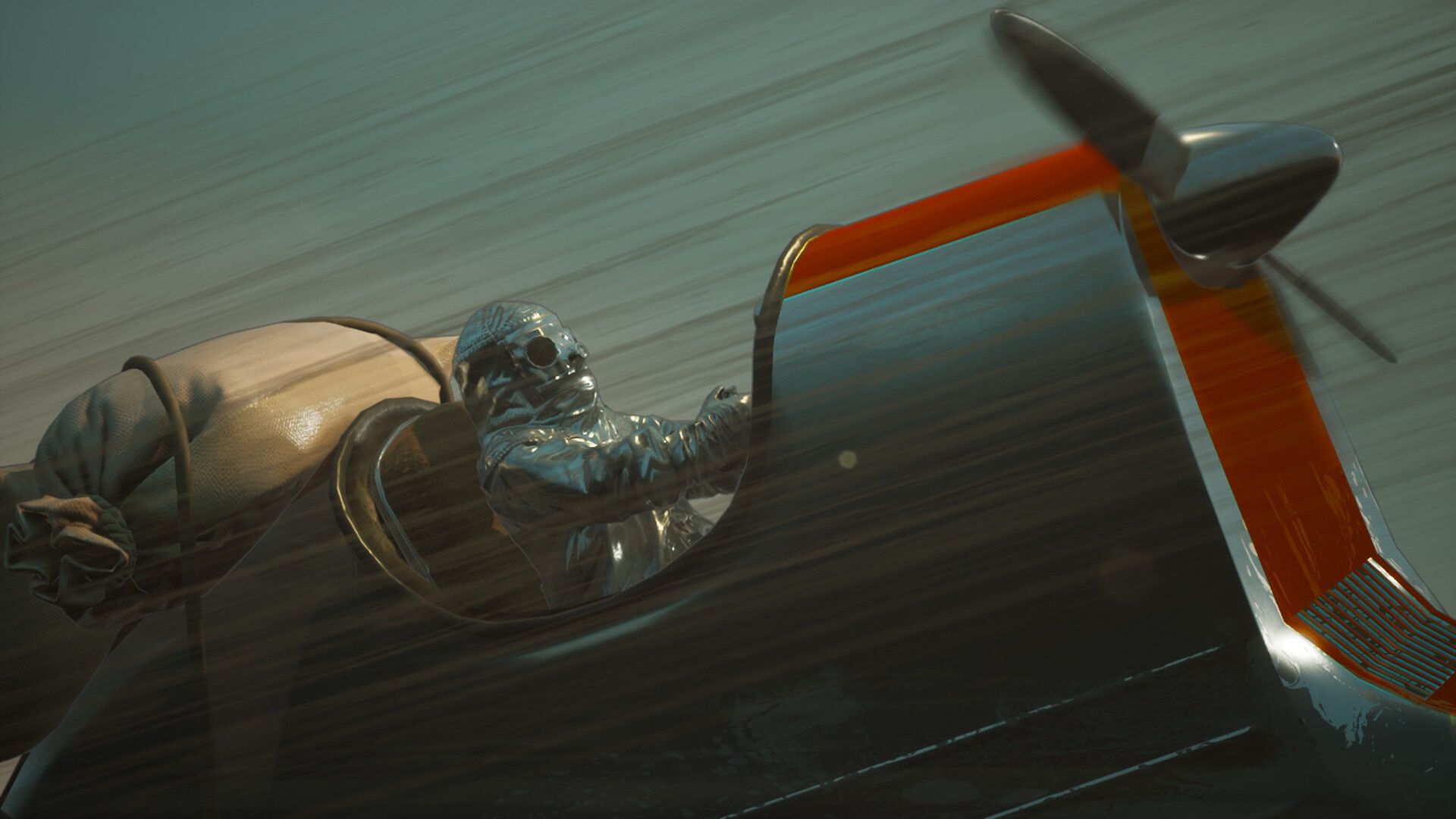
Q: Have you discussed eventually adding any multiplayer/cooperative features to Into The Fire?
Wojciech Ostrycharz, Game Director: We’ve discussed the idea and are willing to investigate it after the game’s release, contingent upon player interest and practicality. The game is set up as a profoundly individual, solo experience, but the concepts of trust, survival, and rescue might fit nicely into cooperative play. However, if we decide to include multiplayer aspects, they must align with the existing tone and mechanisms in the game; they shouldn’t just be added on without thought.
Question: What single item do you think players should leave the game “Into The Fire” with after playing, if they could only take one thing?
Wojciech Ostrycharz, Game Director: We aim for players to perceive that Into the Fire offers them a peek into something beyond mere survival; a profound sense of emotional depth, as if they encountered the impossible and emerged changed. If a player departs with thoughts not just of “I survived,” but “I grasp something new about resilience, sacrifice, or even myself,” then we have achieved our goal.
We’re designing a game that doesn’t just offer action and adventure, but also delves into the lives of characters dealing with intense personal struggles. These challenges aren’t limited to external threats like lava or collapsing cities, but also involve inner turmoil stemming from their pasts, traumas, and aspirations. If our goal is met and players are left with a lingering emotional impact – a sense of reflection or empathy – then we will have crafted an experience that will be cherished in memory.
A: Are there any additional points you’d like to discuss or share with our audience that we haven’t covered yet?
Maciej Dobrowolski, CMO: Here’s the gist: The world doesn’t need another survival game unless it offers something truly significant. We’re not about competing with the bigwigs in terms of firepower or scale; instead, we aim to create a distinctive niche that combines emotion, peril, and a touch of insanity. We welcome players to stay connected as we craft this dynamic, evolving world. The game won’t just be ours; it will also belong to the players, shaping its destiny through their feedback, tales, and enthusiasm.
Wrap-Up
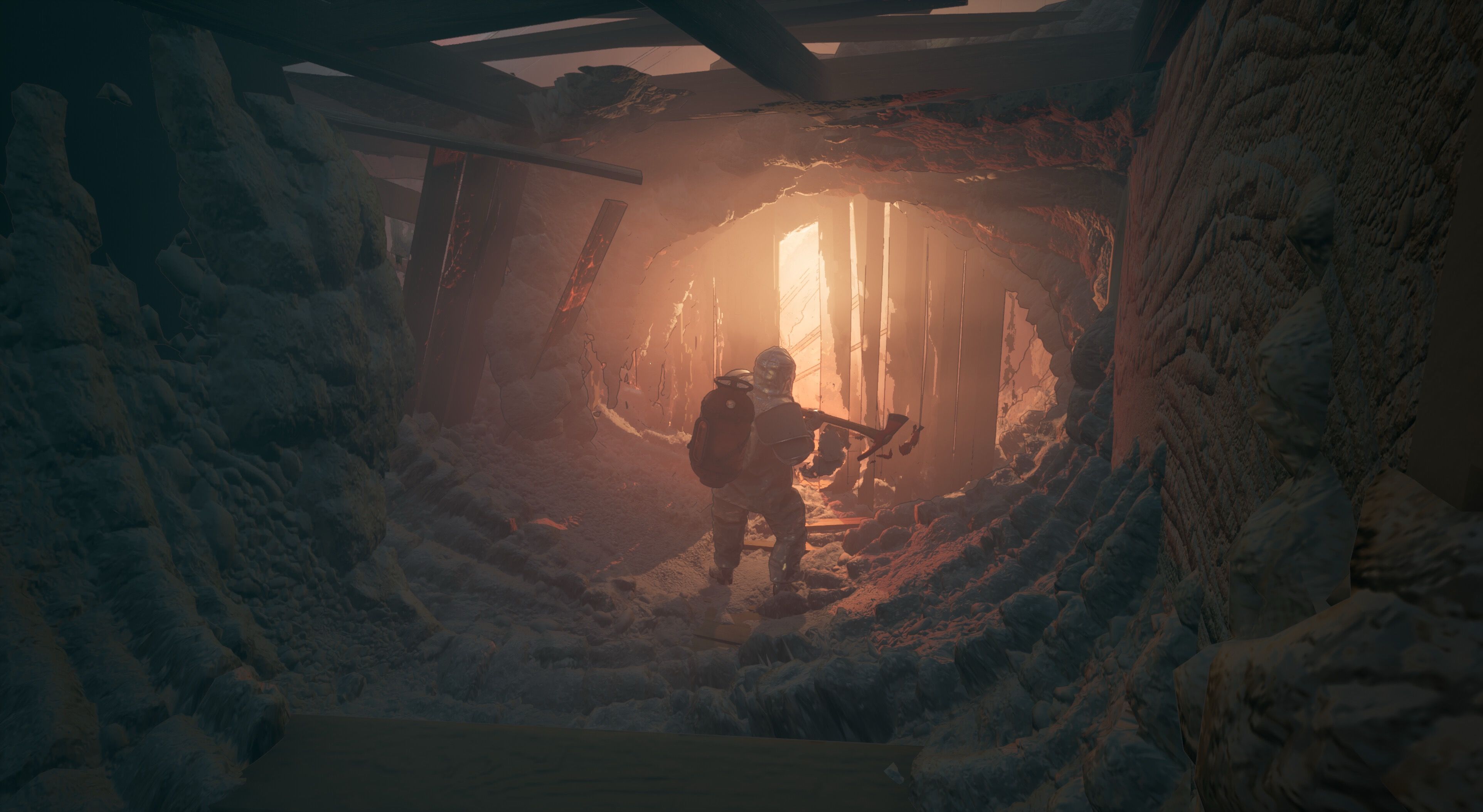
The game, titled “Into The Fire“, is set to debut in Early Access towards the end of 2025. If you’re keen to play it, feel free to add it to your wishlist on Steam now, and keep tabs on future developments from Starward Industries.
Take a look at the game’s latest trailer to get a taste of the action to come.
Read More
- Boruto: Two Blue Vortex Chapter 29 Preview – Boruto Unleashes Momoshiki’s Power
- All Exploration Challenges & Rewards in Battlefield 6 Redsec
- 6 Super Mario Games That You Can’t Play on the Switch 2
- Upload Labs: Beginner Tips & Tricks
- Byler Confirmed? Mike and Will’s Relationship in Stranger Things Season 5
- Top 8 UFC 5 Perks Every Fighter Should Use
- Witchfire Adds Melee Weapons in New Update
- American Filmmaker Rob Reiner, Wife Found Dead in Los Angeles Home
- Best Where Winds Meet Character Customization Codes
- How to Unlock and Farm Energy Clips in ARC Raiders
2025-05-28 13:39